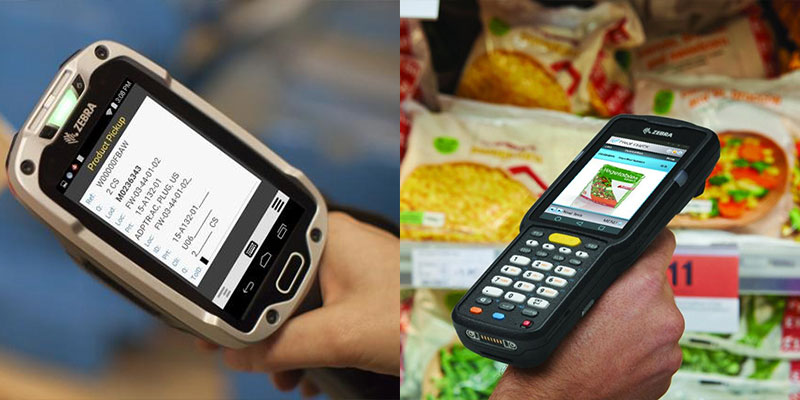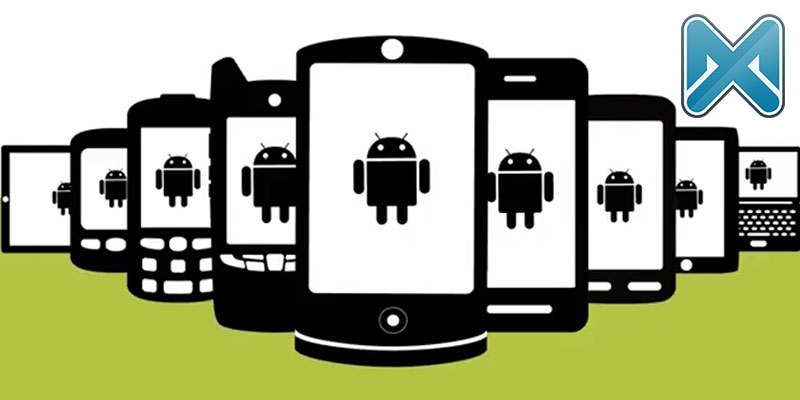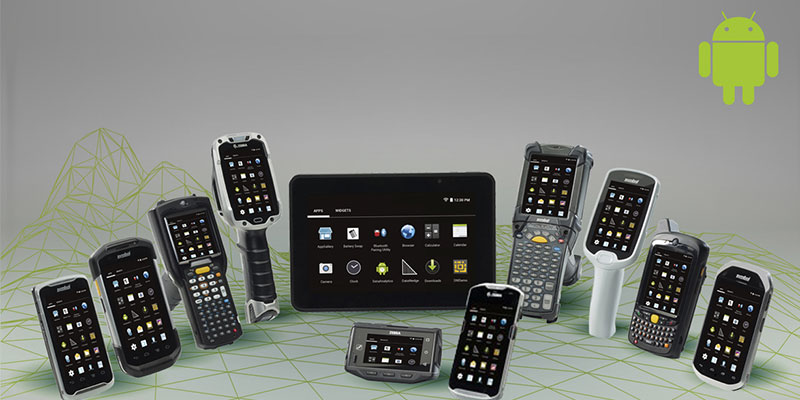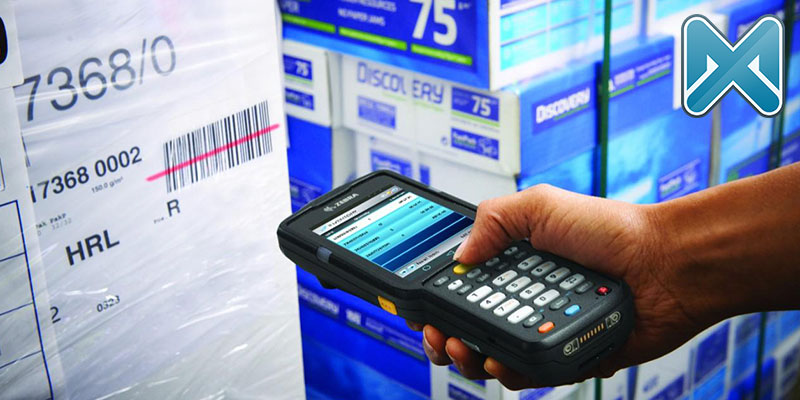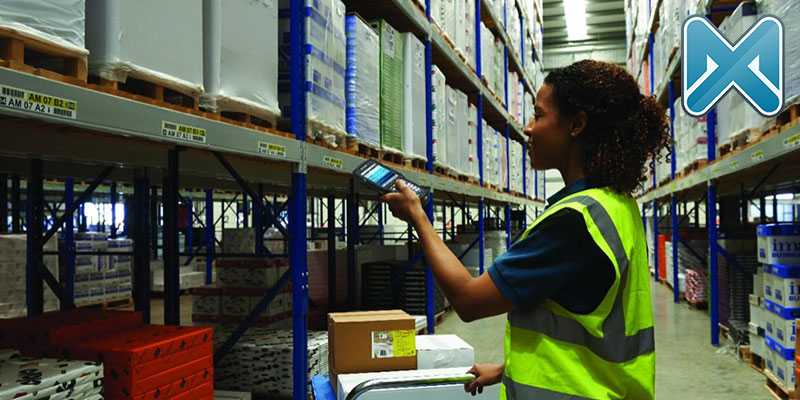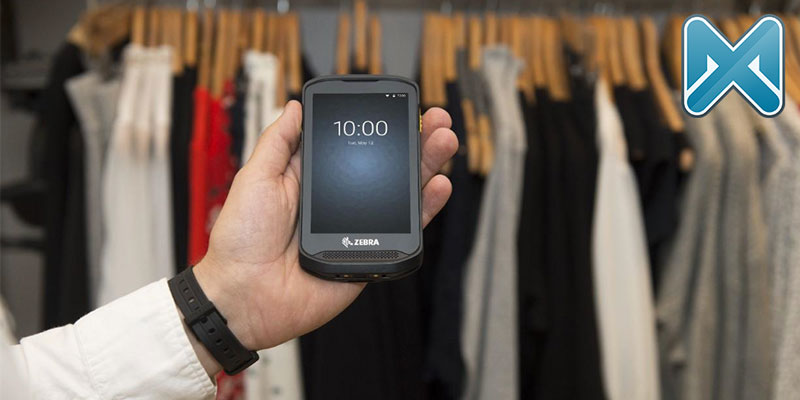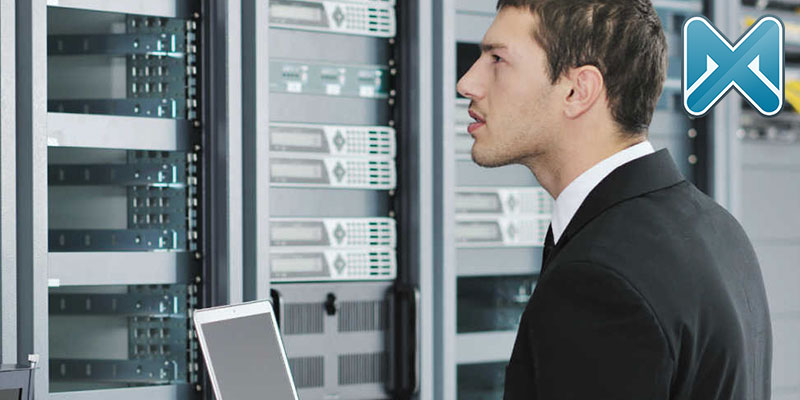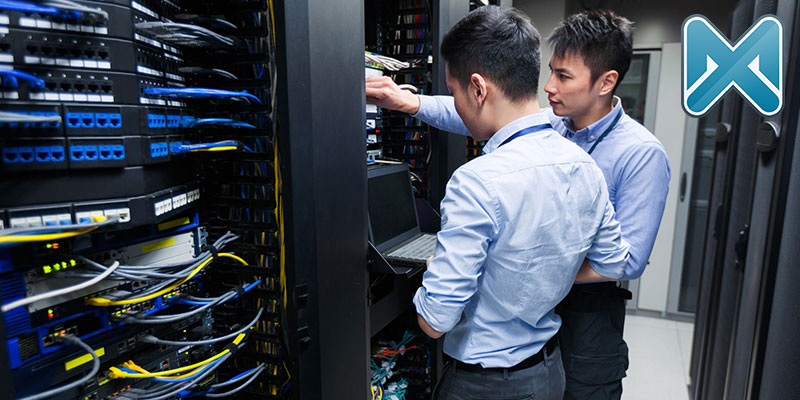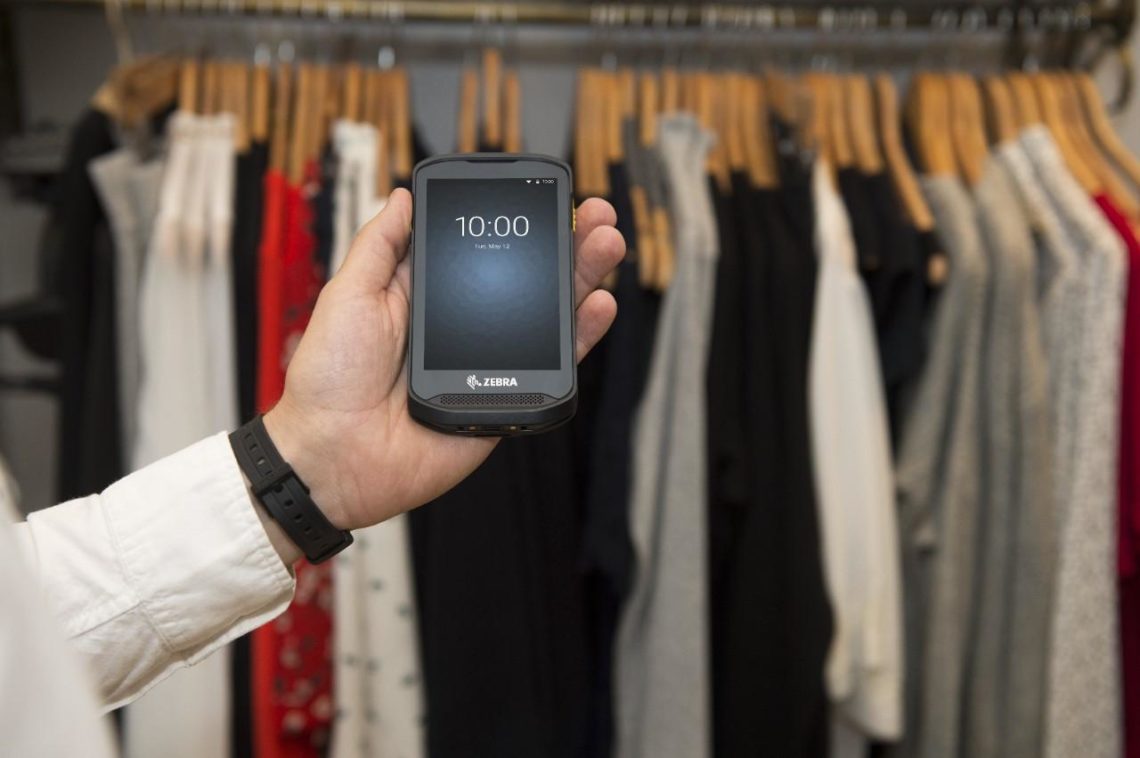Simply put, if you currently use any Windows Operating System other than Windows 10 or Azure IoT for your enterprise devices, you will need to migrate to another operating system even if it’s to a newer Windows OS to be prepped for the upcoming OS Migration.
A challenge – yes – and maybe an opportunity. The entire debate begins with Microsoft appearing to throw in the towel on windows phones – they are not just cutting support for older iterations but they seem to be giving up on the Windows phone. Enterprise users will need to find alternatives and plan strategies that move their businesses forward.
OS Migration Schedule
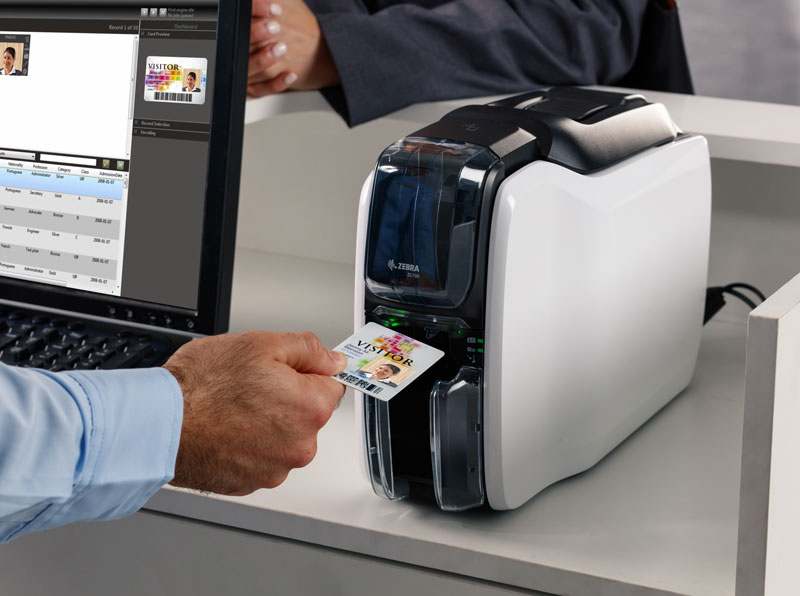
Here is the schedule for Windows OS withdrawal from the rugged enterprise market.
| Operating System | General Support Ends | Extended Support Ends |
|---|---|---|
| Windows Embedded Compact 7 | Ended | April 13, 2021 |
| Windows Embedded Handheld 6.5 | Ended | January 13, 2020 |
| Windows Embedded CE 6.0 | Ended | Ended |
| Windows Embedded Handheld 8.1 | July 9, 2019 | N/A |
| Others (CE 5.0, WM 5.0, WM 6.1, WM 6.5, WEHH 8.0) | Ended | Ended |
Windows’ dilemma affects 15 million mobile enterprise computers— approximately 90% of the enterprise computing market and the impact will be felt across all industries.
No more security patches. No more updates.
For some, the search for a suitable OS began as soon as the announcement was made. Sooner or later everyone using the older Windows OS will need to find a new one and migrate their apps.
What are the options?
- Continue with Windows, without security updates. You’ll be risking your network to malware and eventually, your productivity will suffer as devices go down and can’t be serviced.
- Rewrite your apps to fit Windows 10 and IoT. Your users still need to learn a new interface even as you invest in rewriting apps.
- Move to a different operating system, like Android or iOS. Yes, you rewrite apps, but you move to viable Operating Systems that users know well.
Android or iOS?

Most of your workforce is already very familiar with Android. 85% of consumer and enterprise mobile devices currently in use run on Android; 14% run iOS. It’s pretty clear these are the two most likely choices – Android and iOS.
There are plusses and minuses to each. Android offers a much larger population of software developers, but it has suffered in the past from security issues associated with its open-source platform. If, as it appears now, that problem has been resolved, Android would present a distinct advantage over iOS. Also, iOS is only available for consumer-grade Apple devices. They are enormously popular with consumers but don’t have nearly the enterprise-level features of durability, scanning, and computing that Android offers.
An Enterprise Android Solution for OS Migration
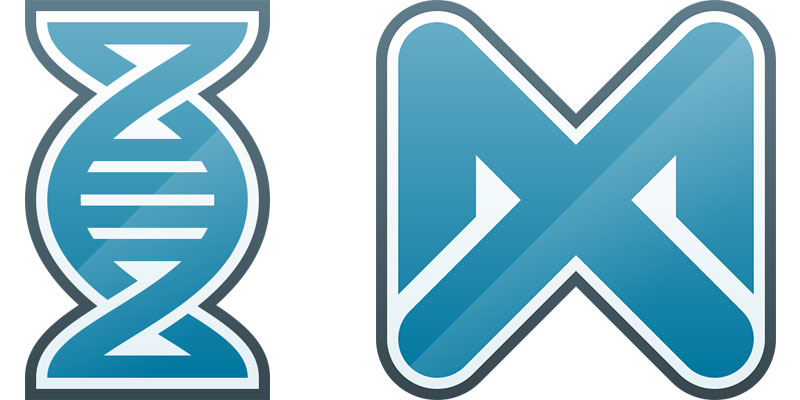
Zebra has deep Android experience and created a solution that is gaining a lot of traction among enterprise users. Zebra’s Powerful Mobility Extensions (Mx) and Mobility DNA Solutions overcome security issues and create robust management capabilities to meet the needs of the modern enterprise user.
With the Zebra overlays, Android looks like the OS leader in enterprise-ready devices. Your data is secure. The OS is eminently flexible and customizable. Android’s familiar interface makes it easy for almost every member of the workforce to use and it’s affordable. And Zebra’s commitment to enterprise mobility offers an opportunity to substantially upgrade performance once you’ve made a plan to migrate to Android.
You have important choices to make if you’re using Windows CE/Embedded. Migrate now or wait until you no longer have security patches to protect your network. In future blogs, we’ll take up, in more detail, the impact of the OS Migration as well as where and when to migrate to a new operating system.
Avalon Integration can help you evaluate your current situation and guide you to the strategic transition that will deliver the best results for your company. Talk to us to steer your migration along a smart route.



